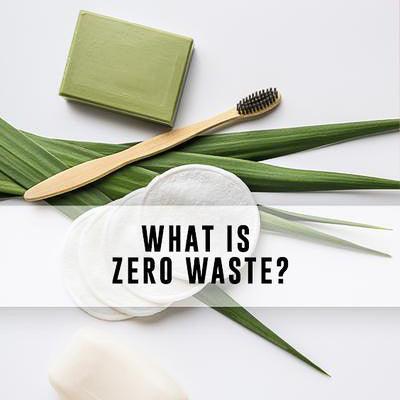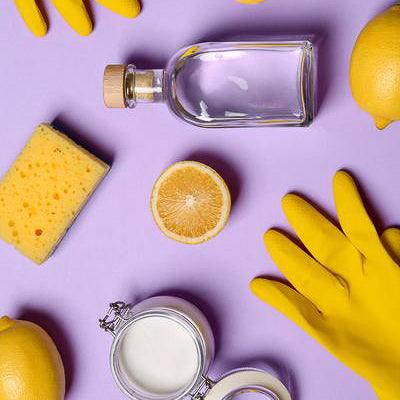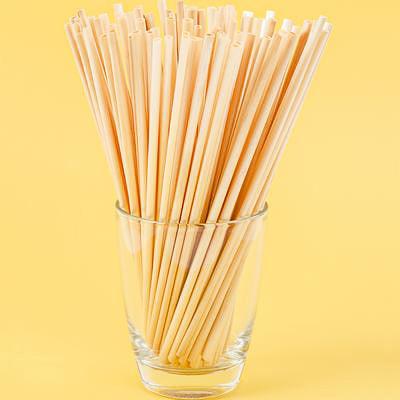If you come across an article or hear a business talking about working towards becoming zero waste you might scratch your head in confusion. What would zero waste look like? It turns out that zero waste is really a movement and a set of principles focused on the goal of reducing to zero the amount of trash being sent to landfills, incinerators, or the ocean, by encouraging the redesign of resource life cycles so that all products are reused. Instead of simply focusing on end product waste management, zero waste refers to waste prevention, and is based in a whole systems approach. Or put very simply not throwing away as much. The complexities of waste and waste management can be shown by the fact that currently, it is estimated that only 9% of plastic is actually recycled. Or 91% is simply tossed into landfills etc.
Short History Of Zero Waste:
While the term zero waste is relatively new, the roots of this movement go back to the 19th century and its ideas around the sacredness of nature which gave birth to the larger environmental movement as we know it today. In the 1960s and 1970’s this environmental movement was mobilized side by side with the social movements of the time. In the 1980’s this movement started working towards the end of what was considered an age of waste. It is interesting to learn that in the early 2000’s the idea of no waste transformed from an aspiration of recycling activists into the social movement “Zero Waste” which often is stated to have began with australian activists and which later spread taking root in the USA, Europe, Asia and the rest of the world. All of a sudden people were considering the impact of all the packaging of the products they used everyday in terms of the wider environmental movement.
What Zero Waste Looks Like For Businesses:
What a move towards zero waste might look like depends on the particular organization, business, or even geographical region. Zero waste solutions often are crafted to match a particular context and can vary widely.
For example some places have focused on the estimated one million plastic bottles per minute or 1.5 billion plastic bottles per day that are bought globally, by providing water fountains designed for reusable water bottles, or packaging goods in paper packaging instead.
Some coffee shops go zero waste by choosing to only fill reusable beverage containers, or allow others to use the used coffee grounds as compost material, or having all disposable products offered be easily compostable. Some even go as far as using reclaimed water in the restrooms etc.
Other places have focused on the estimated 500 million plastic drinking straws used everyday in the USA by only providing straws if customers ask or banning straws completely from their locations. The best Natural straws how exploded on the market such as bamboo straws, wheat straws and grass straws.
Some grocery stores have moved towards being zero waste by allowing individuals to bring their own reusable containers, or offer items in bulk so customers can choose exactly how much they need without over buying the product and producing extra waste. In some counties grocery stores are not legally allowed to toss large amounts of food goods and have had to find ways to donate or compost unsold food instead.
What Can You Do To Move Towards Zero Waste?
There are many ways that individuals can join the zero waste lifestyle and find ways to drastically cut their personal and household waste.
For example, you can find reusable alternatives to many of the most common waste creators. Bring your own reusable tote bags instead of needing plastic ones. Bring your own reusable water bottles so you can stay hydrated while not increasing your eco-footprint. Instead of plastic utensils you might consider bamboo cutlery to take out and about!
Zero Waste Bathroom Essentials
You can also choose products that do not come in plastic packaging. For example you might consider using shampoo bars which can come in a wide range of types and yet leave you without the typical plastic bottle to be tossed. You might consider choosing toothbrushes, combs, or brushes made up of bamboo instead of plastic or toothpaste tabs that come in glass containers which can be recycled.
You can also choose products which have a lower eco-footprint to produce. For example, all natural zero waste cleaning products do not contain the toxic chemicals that involve the production of chemical waste which can pollute waterways. And sheets and pillows made of bamboo have less of an environmental impact than other materials.
Starting A Zero Waste Lifestyle
Remember when starting to embrace a zero waste lifestyle it is ok to slowly embark on the journey. If you try to completely change your life overnight you will become frustrated. Start with your bathroom routine before jumping to another area. In no time, you will quickly see how easy and rewarding it is to take part in protecting our planet.




